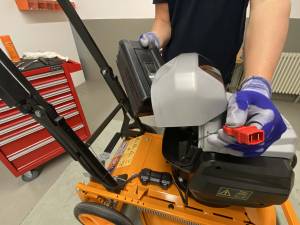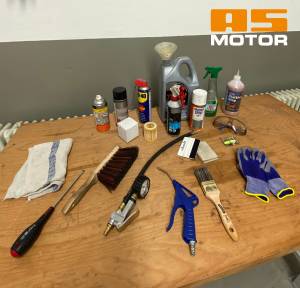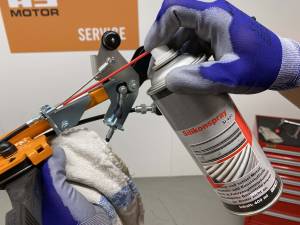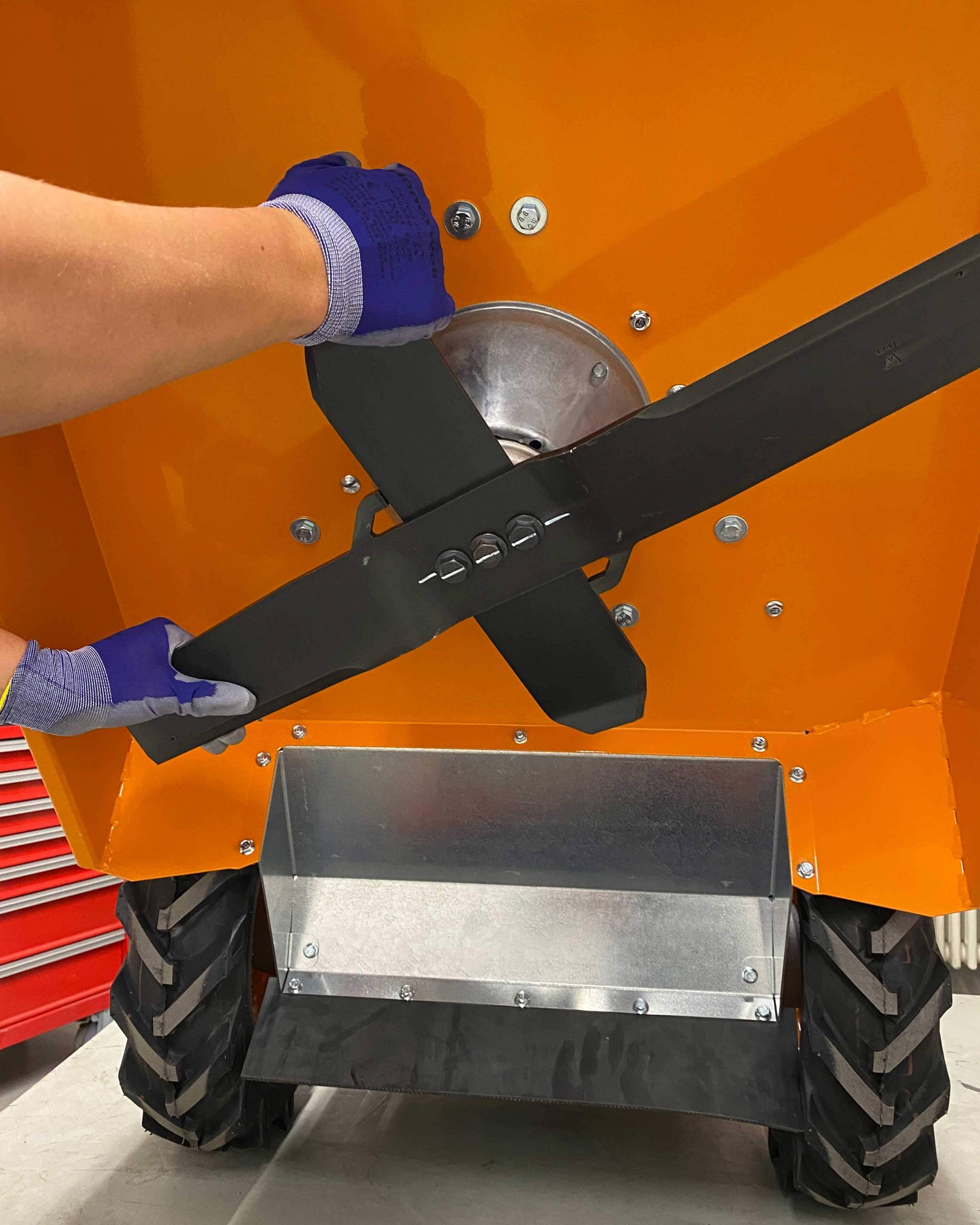Winter storage: How to prevent the engine from stuttering in the spring
Many power tools with petrol engines are pure seasonal workers. Work starts in March, summer is the daily peak season and October marks the beginning of the annual winter rest. Mothballed, the machines are then ideally freshly washed, cleaned and preserved. Despite all this care, it is often the case that the engine has starting problems or an annoying stutter in the spring – even though the machine was running excellently before the winter rest. What is to blame? Roman Mühleck, Product Manager at AS-Motor knows what to look out for in terms of fuel during storage to ensure a smooth start in the spring.
After preparing the machine for hibernation, the first question to ask is where and how to store it over the winter. The expert from the high grass mower specialists recommends a storage place that is dry and not too warm. It is also important that the place is level so that the machine can stand as horizontally as possible. With two- and three-wheeled devices, it should be ensured that they cannot tip over so that oil and fuel do not leak out.
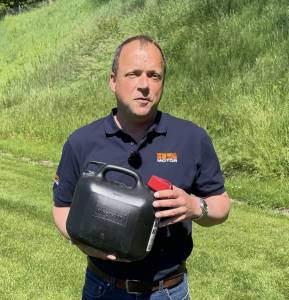
Our expert: Roman Mühleck, Product Manager at AS-Motor
Store with a full tank
Ideally, the tank should be completely filled before storage so that as little air and thus humidity as possible remains in the tank. Depending on the outside temperature, the air humidity can condense into water and settle in the tank, which can have a negative effect on the engine start in the spring during initial operation. This is often the fault of a white, sticky substance in the carburetor and fuel filter that forms from the condensation and evaporation of fuel over the winter months. Deposits can also be caused by corrosion.
The standard road fuels comply with the currently valid standards DIN EN 228 for petrol and DIN EN 590 for diesel fuel. They are designed for a typical storage time in the storage tank at the filling station of three to six months under ideal conditions. With an average wintering period of around five months with strong temperature fluctuations in the equipment shed, this minimum shelf life is quickly exceeded.
Through his many years of experience, Roman Mühleck knows that starting problems in the spring occur particularly frequently when using the standard fuel E10. The reason for this is the increased ethanol content of this fuel type in conjunction with less than ideal storage conditions and a long retention time in the tank. Since ethanol is hydrophilic, i.e. it loves water, E10 absorbs atmospheric moisture better and the water content in the fuel increases. For regular operation in summer this plays only a minor role, but for the winter break this fuel is therefore only suitable to a limited extent. In principle, it should be clarified in advance whether the engine manufacturer has generally approved operation with E10.
The right fuel
For a good start of the season without stuttering, the AS-Motor expert recommends the following fuels for the last tank filling before the winter break:
- Gasoline for appliances (alkylate gasoline): Gasoline for appliances is a special fuel which, due to its chemical composition, is particularly stable to oxidation, i.e. stable to ageing. This fuel is used by various engine manufacturers and vehicle manufacturers as an initial filling fuel in order to bridge any longer storage times that may occur before initial commissioning by the end user.
- Premium fuel (e.g. 99-102 octane) from brand manufacturers: These fuels are equipped with special additive technology that cleans and protects the engine at the same time. This ensures better performance compared to standard fuels. Many users report that they have no starting problems when restarting seasonal vehicles, such as mulching lawn mowers.
- Standard fuels E5 from brand manufacturers are often also equipped with additive technology. Here, too, there is a protection of the fuel system. Therefore, this fuel is also suitable for the winter break under ideal storage conditions.
Oil change before winter rest
The fuel properties mentioned also apply to the 2-stroke mixtures mixed from them. Many piston seizures of 2-stroke equipment happen during the first use in spring due to old, demixed oil/fuel mixtures. “Please always use fully synthetic 2T oils for the mixture or ready-made 2T alkalytic mixtures,” is therefore the expert’s urgent appeal. Outdated, mineral 2T oils have had their day.
In order to take full advantage of the recommended fuels during winter storage, the last refuelling should be carried out with an empty tank and the tank completely filled. Since used oil contains acidic ageing residues that can lead to deposits or corrosion over the service life, it is advisable to also change the oil before the winter break. Afterwards, the engine should be restarted so that the oil comes up to operating temperature. This activates the protective additives and the engine can be shut down for the winter. A new oil change in the spring is then no longer necessary.

